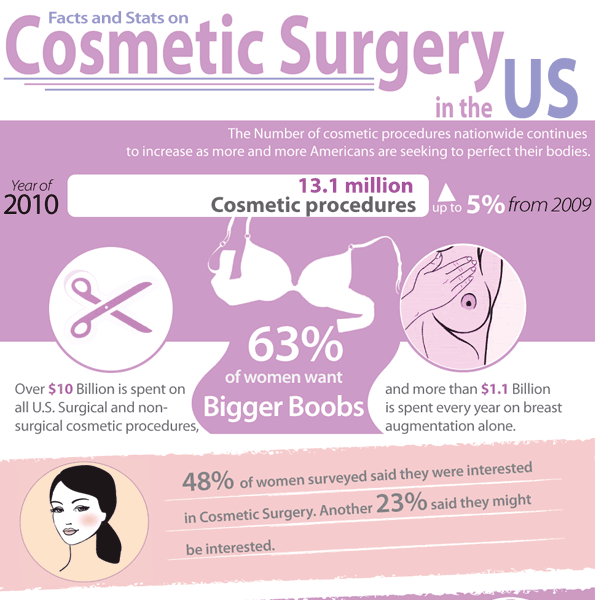Diy Face Masks For Acne
Diy Face Masks For Acne
Blog Article
Reasons for Acne on Cheeks
Acne breakouts in the cheek area are set off by lots of points, from touching your face regularly to not transforming your pillow case usually sufficient. Picking at blemishes increases your risk of infection and scarring, and certain drugs can worsen dark spots (postinflammatory hyperpigmentation).
The good news is, there are several means to prevent and treat cheek acne. These include:
1. Hormonal Changes
Acne is mostly triggered by hormones, particularly those created throughout adolescence and pregnancy. For some, a family history of acne might likewise contribute to their condition. Anything that blocks pores, such as oil-based skin care products or waxy hair products, can trigger acne. Various topical treatments, like benzoyl peroxide and salicylic acid, can fight germs and unblock pores. Those with severe or chronic acne should seek treatment from their doctor.
Prevent touching or squeezing your acne, as this can push some of the bacteria deeper into the skin, leading to a more extreme outbreak. It is additionally crucial to alter pillowcases on a regular basis and utilize clean make-up brushes. You should also attempt to prevent toxic irritants such as friction from wearing a helmet or limited collar.
2. Diet regimen
The greasy, sugary foods that many people assume trigger acne might really refrain from doing so. In fact, researches have actually shown that eating a diet abundant in whole, nutrient-dense foods assists to prevent outbreaks.
Foods high in the glycemic index (such as white bread, corn flakes, blew rice and potatoes, doughnuts and other pastries) elevate blood glucose levels rapidly, and this can increase hormonal agents that improve oil production and bring about acne.
Consuming cow's milk has also been connected to enhanced acne breakouts. If you are a normal cow's milk drinker, you might intend to try switching to low-fat or nondairy choices that are strengthened with calcium. Furthermore, consuming even more water can assist to minimize acne since it helps to maintain the skin hydrated.
3. Excess Oil
While oil is vital for healthy skin, it can come to be a problem when way too much sebum combines with dead skin cells and obstructs pores. This mix can create blackheads, whiteheads and acnes. The blocked pore wall surface can break down and spill germs, dead skin cells and sebum into bordering skin. This results in a red bump called a pimple. Sometimes these red bumps have pus in the facility from a bacterial infection. Bigger infected bumps that resemble acne are called cysts.
There are numerous points that can cause excess sebum and stopped up pores, including hormonal agent fluctuations, diet regimen and daily routines. Some examples consist of touching the face frequently, relaxing your hand on your cheek, making use of filthy make-up brushes and not altering pillow cases routinely.
4. Stress and anxiety
If you're handling pain acnes or a slew of blackheads and whiteheads, it may be time to speak to a skin doctor. They can advise a reliable treatment that matches your skin type. Exercising leisure and stress-reduction strategies additionally assists.
Acne can occur in the cheeks as a result of rubbing and pressure, such as when an individual touches their face often or wears a hat or sporting activities helmet that rubs against the skin. It can likewise show up where greasy cosmetics and creams scrub against the skin.
Avoid squeezing acne, as this can press infected product deeper into the skin and result in scarring. Rather, see a physician to find out about preventative therapies like medicine, skin care items and lifestyle adjustments. Eating a healthy diet regimen of whole foods, obtaining seven to 9 hours of sleep and making use of noncomedogenic makeup and skin care products can all help in reducing acne breakouts.
5. Hair Products
Hair items are not usually thought of as a root cause of breakouts, however they can contribute to acne on the cheeks in some people. Pomade acne, which is characterized by small shut comedones and papulopustules, is typically caused by botox making use of oily hair products that contain comedogenic components such as certain oils and acetylated lanolin.
Selecting hair items that don't consist of these potentially comedogenic active ingredients is an essential action toward reducing outbreaks. Likewise, ensuring that hair products aren't being available in contact with the skin can help protect against outbreaks. For example, using a headscarf or bonnet in the evening can limit hair-to-face get in touch with and reduce the possibility that leave-in hair items will certainly rub off onto the face.
In addition to utilizing a non-comedogenic cream and washing with an acne face laundry, various other helpful techniques include: